JEWELRY ARTS WORKSHOP
Pure Silver Metal Clay Beads
Linda Kaye-Moses


Photo: Marco Fleseri
It Was Her Nature
ARTIST: Marco Fleseri
MATERIALS: fine silver and freshwater pearls
TECHNIQUES: metal clay, hollow form construction, hand-sculpting, cork clay core, paste-painted with added design elements; air- and heat-dried (with hair dryer)
DIMENSIONS: 18 (45.7 cm) long
Contents
PMC Formulas
Tool and Materials Comparisons
Introduction
Honor the past and grow into the future.
Translation of traditional Japanese word onkochisin

photo: Larry Sanders
Bead Collection
ARTIST: Barbara Becker Simon
MATERIALS: fine silver
TECHNIQUES: hollow form construction, patination
DIMENSIONS: largest bead:  high
high  wide
wide  deep (32 32 13 mm)
deep (32 32 13 mm)
This Book is about making fifteen beads with metal clayits not about using metal clay in all the many ways that it can be used. All of the projects are made with the brand Precious Metal Clay, or PMC, so, throughout the book, Ill refer to PMC and the formulas (fine silver PMC Standard [also called Original by some manufacturers], PMC+ and PMC3, and 22k gold PMC). All these techniques, however, can be easily adapted to the other popular brand, Art Clay. Some of the artists examples showcased in the book are made with that material.
Why beads? The ancient human tradition of beadmaking goes back 10,000 years. The earliest jewelry was a simple string of finely cut and drilled shell disks strung by the hundreds. The labor-intensive process of making these beads is a clue to the intense interest both in personal adornment and in beads specifically. There has been and continues to be a fascination with beads that transcends the millennia. This attraction, and my personal interest in beads, has lead to the creation of the beads and projects in this book.

photo: Barbara Briggs
Sphere Beads Bracelet
ARTIST: Barbara Briggs
MATERIALS: fine and sterling silver
TECHNIQUES: PMC3, hollow form construction (Cork Clay core), tumbled, patination, polished
DIMENSIONS: (32 mm) average diameter
(32 mm) average diameter
HOW TO USE THIS BOOK
As you read and follow the directions in the projects, youll notice that Ive provided approximate metric dimensions for many of the standard measurements. Its not critical that the measurements match to the fraction, or that your samples match mine exactly, either. Only the concept and proportions for each project really matter, so dont worry about precise measurements.
This book presents materials for readers who are unfamiliar with metal clay and also for those who have experience working with it. The projects progress from beginning techniques to more advanced, to challenge beginners and experts alike. Well explore applying color to metal, making hollow forms, making printing plates to create texture, and more. Each project also introduces new tools and techniques and is organized into logical steps to make each instruction simple to understand and follow.
So much of learning to work with metal clay is about expecting the wonderful to happen and examining possibilities. Throughout the book, youll find images of some of the most interesting beads made by contemporary metal clay artists. This varied work displays a wide range of possible techniques and stretches the definition of what constitutes a bead.
Whats most exciting is that metal clay is such a new material that the tools, equipment, techniques, and even the material, itself, are constantly being updated. The resources listed at the back of the book will help keep you abreast of those developments. Youll also find ways to see more ofand be inspired bythe work of the other metal clay artists whose beads are included in this book. The glossary will help you as you wend your way through unfamiliar terminology and provides information on different PMC formulas, firing surfaces and supports, mold-making materials, and more.
I have made every effort to make certain that the information in this book is factual and precise and that the projects will guide you to using metal clay safely. I cannot determine the safety of your work area, tools, and equipment, or if your skill levels are sufficient to work within the guidelines of the projects. You are responsible for determining that, but I have made safety notes within some of the projects and expect that you will attend to them. Heres the first one:

photo: Evan J. Soldinger
Adalisa Bead
ARTIST: Linda Kaye-Moses
MATERIALS: fine and sterling silver (chain), apatite
TECHNIQUES: metal clay, hollow form dry construction, fine silver bezel setting (fired with the bead), patination
DIMENSIONS: 1 high 1 wide 1 deep (25 25 25 mm)
Safety Tip
Jewelry and other precious metal objects are beautiful in their finished state, but be aware that the processes for creating them using metal clay and other techniques can present some safety hazards. Safe procedures are offered throughout the project instructions in this book. Please exercise caution when following the instructions and, whenever you are unsure of risk, rely on common sense. Ultimately, you are responsible for protecting yourself.

photo: Hadar Jacobson
Mosaic
ARTIST: Hadar Jacobson
MATERIALS: fine silver, copper, brass, bone
TECHNIQUES: metal clay, soldering
DIMENSIONS: 1
1  (42 25 6 mm)
(42 25 6 mm)
A VERY BRIEF HISTORY OF METAL CLAY
In 1995, metal clay began to be available outside Japan, where the material was developed. In that same year, an article appeared in Modern Jewelry (A New Kind of Gold: Who Kneads It?) that described a new material that promised to revolutionize the process of making jewelryPrecious Metal Clay.
Initially, there were a few experimental workshops and master classes, and, in 1996, metal clay became available to the general public in the United States. Soon, the first classes and workshops were offered to the general public, and since then, these have multiplied into hundreds all around the world (in 2002, I taught three workshops in New Zealand).
Next page

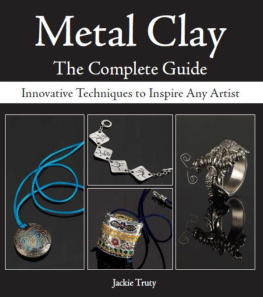
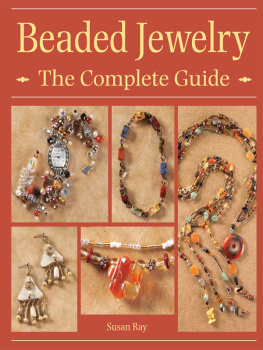
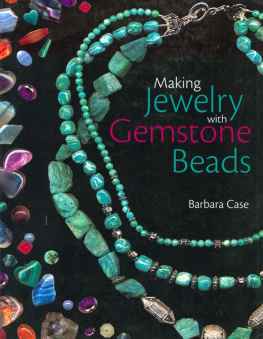
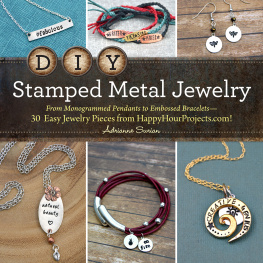
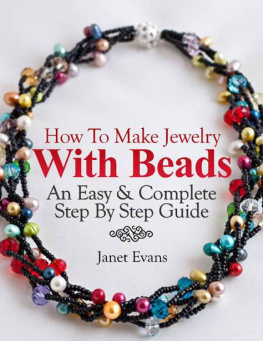
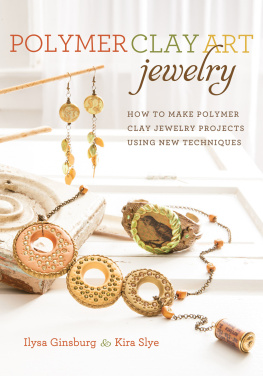
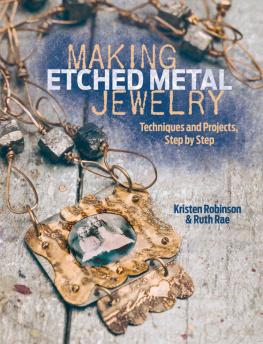

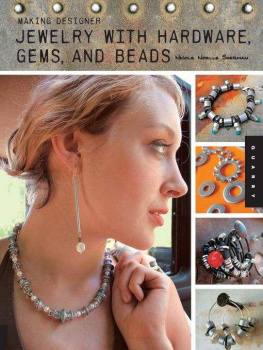
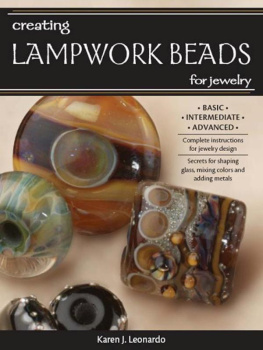



 high
high  deep (32 32 13 mm)
deep (32 32 13 mm)


 1
1  (42 25 6 mm)
(42 25 6 mm)